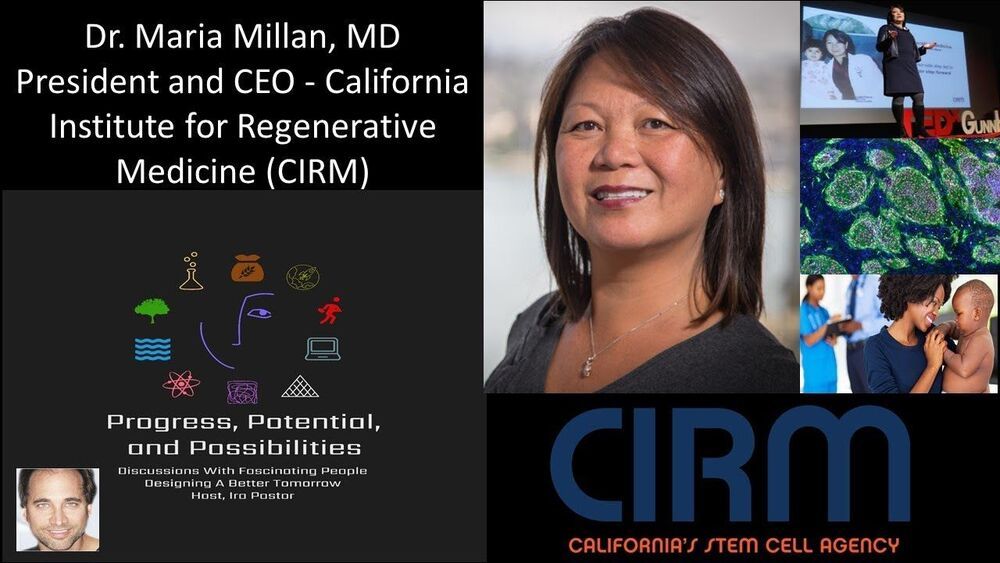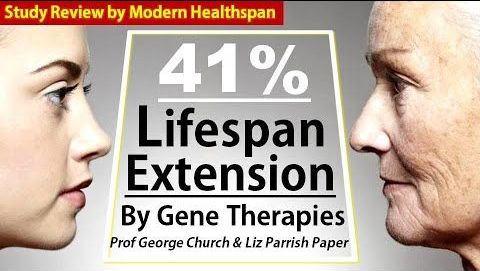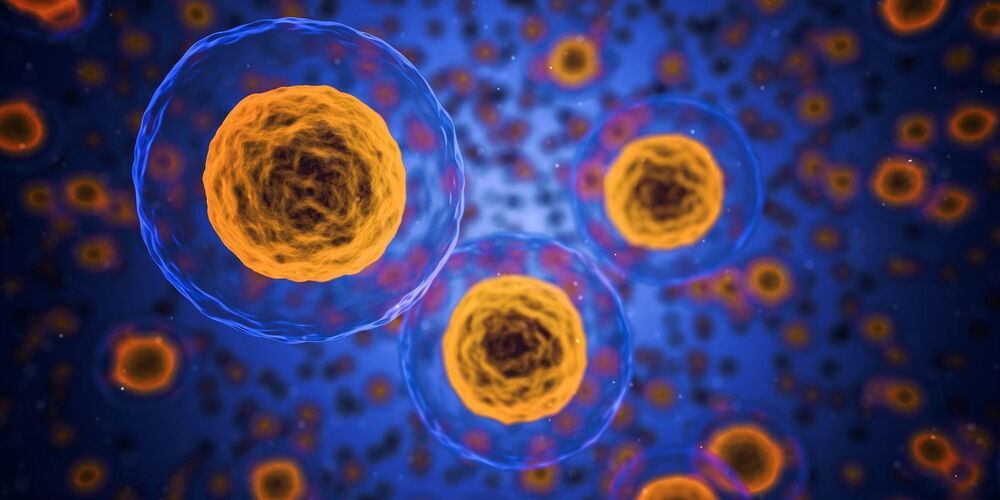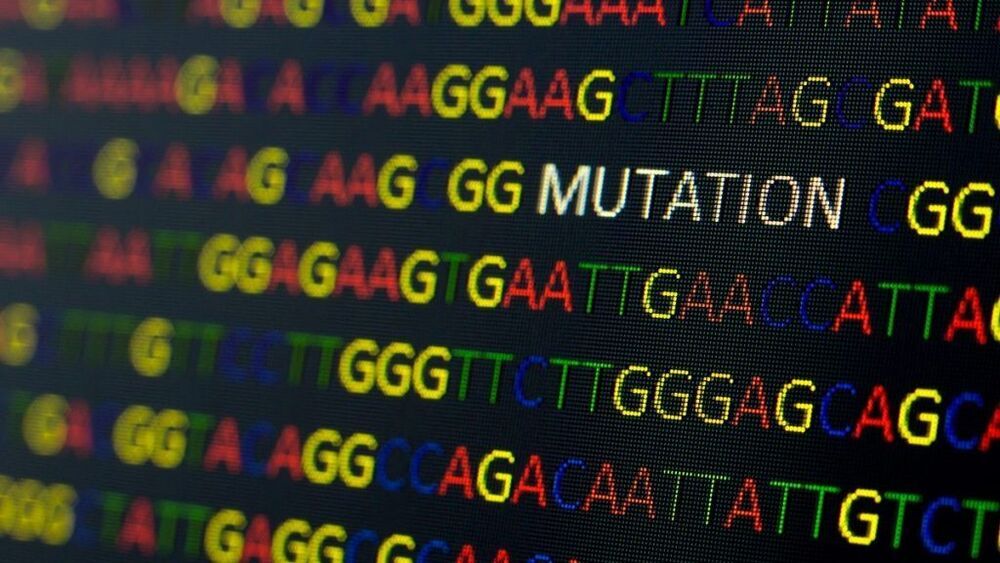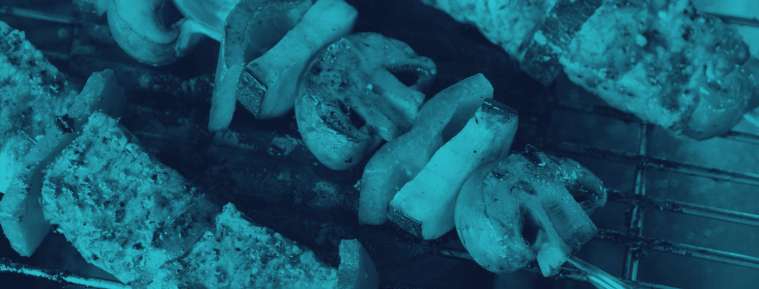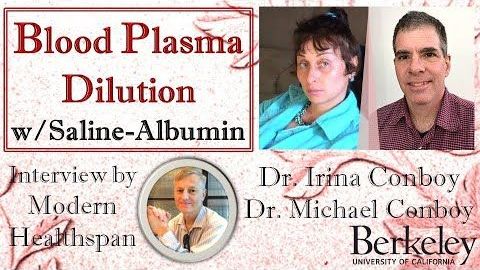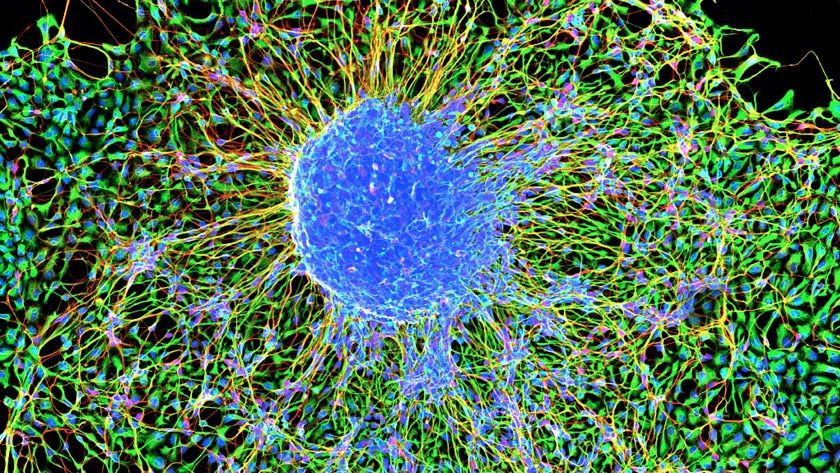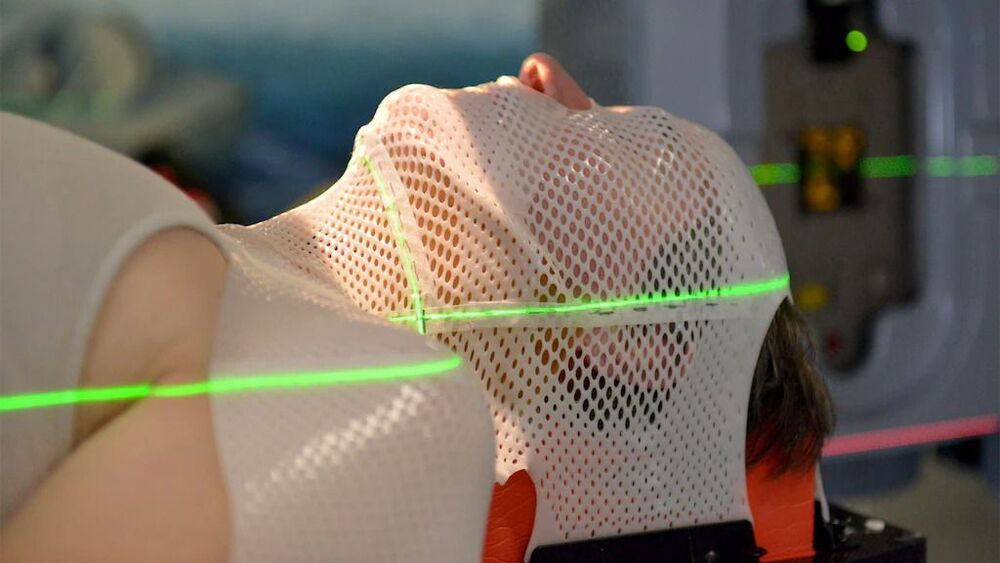US$8.5 Billion In Funding — 150+ Projects
Dr. Maria Millan, MD, is the President and CEO of the California Institute for Regenerative Medicine (CIRM — https://www.cirm.ca.gov/), an organization that was created in 2004 when voters initially approved a state Proposition which allocated US$3 billion to fund this fascinating area of medicine, and which recently received an additional US$5.5 billion in renewed funding.
Dr. Millan is a physician-scientist who has devoted her career to treating and developing innovative solutions for children and adults with debilitating and life-threatening conditions.
After receiving her undergraduate degree from Duke University where she started her focus on immunology research, Dr. Millan obtained her MD degree and then went on to complete her surgical training and post-doctoral research at Harvard Medical School – Beth Israel Deaconess Medical Center.
After a transplant surgery fellowship at Stanford University School of Medicine, Dr. Millan began her academic career with a pediatric and adult transplant surgery practice. In parallel, she continued her bench research at Stanford and became associate professor and director of the Pediatric Organ Transplant Program.
Dr. Millan served on multiple leadership teams including the Faculty Senate and the Dean’s faculty committee at Stanford University School of Medicine and served on the Children’s Hospital operations committee. She has published in the areas of cell biology, immunology and clinical organ transplantation.
Dr. Millan also ventured into the private sector in 2006 to join StemCells, Inc., one of the earliest stem cell organizations and the first to enter into an FDA-regulated clinical trial with a stem cell treatment for children with a fatal neurodegenerative disease.
Dr. Millan then joined CIRM in December 2012 where she led the formation of the Alpha Stem Cell Clinics Network, a network of California medical centers that specialize in rigorous and high-quality clinical trials and top-tier medical care for patients participating in these trials. This clinical network is successfully supporting over 45 clinical trials and was recently expanded to include 5 programs composed of 7 medical centers and their affiliated hospitals.
